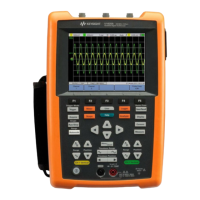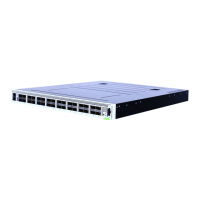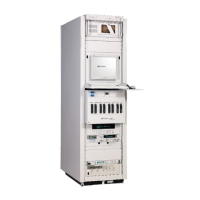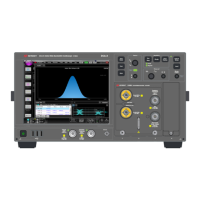Keysight U1610/20A User’s Guide 5
– Plug the probe or test leads to the instrument before connecting to any
active circuit for testing. Before disconnecting from the instrument,
remove the probe or test leads from the active circuit.
– Do not connect the USB cable when not in use. Keep the USB cable away
from any probe, test lead, or exposed circuitry.
– Do not expose the circuit or operate the instrument without its cover or
while power is being supplied.
– Do not use exposed metal BNC or banana plug connectors. Use only the
insulated voltage probes, test leads, and adapters supplied with the
instrument.
– Do not supply any voltage when measuring resistance or capacitance in
multimeter mode.
– Do not operate the instrument if it does not operate properly. Have the
instrument inspected by qualified service personnel.
– Do not operate the instrument in wet or damp environments.
– Do not operate the instrument in any environment at risk of explosion. Do
not operate the instrument in the presence of flammable gases or flames.
– Keep the instrument surface clean and dry. Keep the BNC connectors dry
especially during high-voltage testing.
Maximum Input Voltages
– Input CH1 and CH2 direct (1:1 probe) — CAT III 300 Vrms
– Input CH1 and CH2 via 10:1 probe — CAT III 600 Vrms
[1]
, CAT II 1000
Vrms
[1]
– Input CH1 and CH2 via 100:1 probe — CAT III 600 Vrms
[1]
, CAT II 1000
Vrms
[1]
,CAT I 3540 Vrms
[1]
– Meter input — CAT III 600 Vrms, CAT II 1000 Vrms
– Scope input — CAT III 300 Vrms
– Voltage ratings are Vrms (50 – 60 Hz) for AC sine wave and VDC for
DC applications.
Maximum Floating Voltage
– Meter input - From any terminal to earth ground - CAT III 600 Vrms
– Scope input - From any terminal to earth ground - CAT III 300 Vrms
[1] Refer to the respective probe's manual for more information on the specification.

